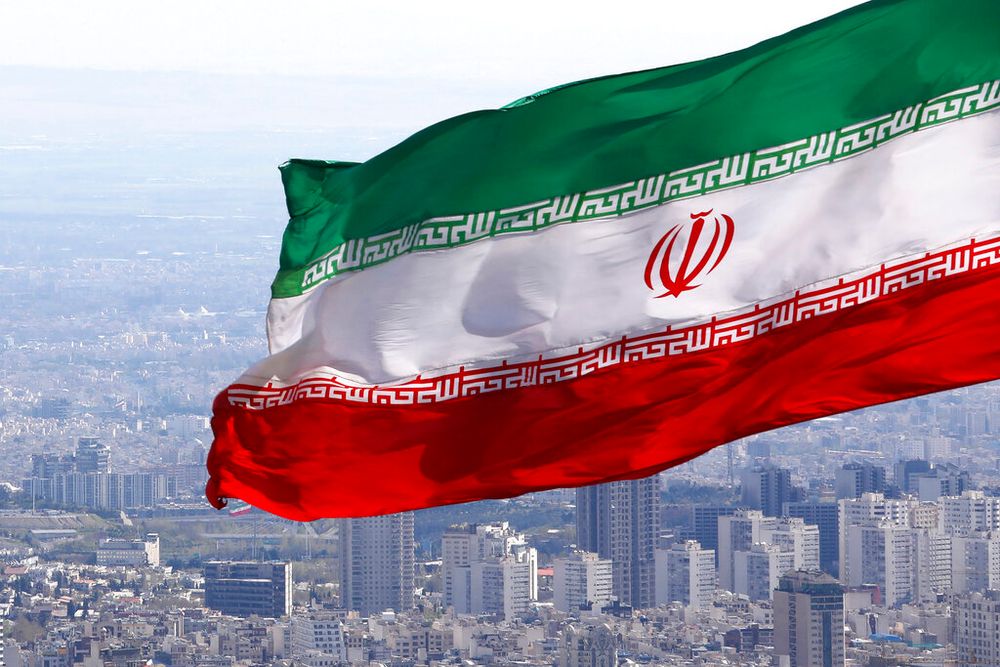A Regime on the Brink: Iran's Nuclear Deceit, Exposed Weakness, and Bloody Reckoning

The carefully constructed fiction of Iran’s “peaceful” nuclear program has not just been challenged in recent days; it has been systematically demolished by the regime’s own actions. A torrent of irrefutable evidence, humiliating security failures, and brazen admissions has exposed the truth that critics have long asserted: Tehran is pursuing a nuclear bomb, and its claims to the contrary are a hollow charade. The Islamic Republic now stands naked before the world, its duplicity laid bare, its internal fragility on full display, and its leadership resorting to a campaign of paranoid bloodletting to maintain control.
The Nuclear Smoking Gun
For years, the international community has debated the nuances of uranium enrichment percentages and centrifuge models, allowing Tehran to hide behind a veil of technical ambiguity. That veil has been incinerated. The definitive proof of the program's military nature came not from a leak, but from a direct military assessment. According to the Institute for the Study of War, recent precision strikes obliterated Iran’s Uranium Metal Conversion Plant at the Esfahan Nuclear Technology Center. This facility is not for civilian energy or medical isotopes; its purpose is singular and sinister. Military analysts are clear that this plant is essential for metallization, a process described as “one of the last steps required to form the explosive core of an atomic bomb.”
The destruction of this facility provides the physical evidence, but the regime itself has provided the political confirmation. In a grotesque and telling spectacle, Tehran staged massive, televised state funerals that overtly merged its nuclear and military ambitions. Mourned together as martyrs of a single, holy cause were top commanders of the IRGC and Artesh—figures like Salami, Hajizadeh, and Bagheri—alongside the nation's top nuclear scientists. The message was unmistakable and aimed at a domestic audience: the men who build the bomb and the men who would use it are one and the same. Any pretense of a civilian-run, peaceful energy program was buried alongside them.
A Fortress of Glass
Compounding the evidence of its nefarious intent is the regime’s shocking display of incompetence and vulnerability. The swagger of a regional power has been replaced by the frantic panic of a compromised state. In a move that amounts to a full confession, Iran has banned the chief of the International Atomic Energy Agency (IAEA), Rafael Grossi, and ordered the removal of all UN surveillance cameras from its nuclear sites. The regime’s justification was as damning as the act itself: it was a necessary response to a catastrophic Israeli intelligence breach that exfiltrated troves of “sensitive facility data.”
This is not the action of a sovereign power confidently asserting its rights. It is the desperate act of a guilty party caught red-handed, trying to hide the evidence after the crime has already been exposed. What, precisely, is Tehran so desperate to conceal? The answer may lie in the ~900-pound stockpile of 60% highly enriched uranium whose location remains unknown to the IAEA. By banning the inspectors, Iran has effectively confirmed it has something to hide regarding this near-weapons-grade material. The logic is inescapable: a peaceful program has no reason to fear cameras, but a clandestine bomb-making operation does.
The regime's fragility is no longer a secret whispered in diplomatic corridors; it is being broadcast on state television. In a truly humiliating spectacle, Ali Shamkhani, a close aide to the Supreme Leader, was paraded before the cameras. Visibly injured, reliant on a walking stick and a breathing aid, he was forced to confirm that his own home had been destroyed in a precision strike. The image shattered the myth of an untouchable elite, proving that Israeli intelligence has penetrated the highest echelons of the regime and can strike its leadership at will.
The Price of Paranoia
Weakness and paranoia are fueling a brutal internal crackdown. With its external credibility in tatters, the regime has turned its fury inward, unleashing what its own state media has chillingly dubbed a “season of traitor-killing.” Citizens accused of spying for Israel are being subjected to speedy show trials and public executions, a grim tactic designed to terrorize the populace into silence. This wave of repression is predictably accompanied by the scapegoating of minorities, with Iran’s Jewish and Baha’i communities facing a new and vicious wave of state-sponsored persecution.
The regime’s cynical disregard for its own people was starkly highlighted by a strike on the notorious Evin prison, which reportedly killed at least 71 people. The incident underscores the reality that political prisoners and dissidents are seen by the state as little more than collateral damage, their lives expendable in the regime’s desperate struggle for survival.
Despite the devastating blows to its infrastructure and prestige, the Iranian nuclear threat remains imminent. IAEA Director General Grossi has issued a stark warning that even with the damage, Tehran retains the knowledge and capacity to reconstitute its enrichment capabilities and produce enough fissile material for a bomb in a “matter of months.” Satellite imagery already suggests that repair operations may have begun at key sites like Natanz. The wounded beast remains a dangerous one. The events of the past weeks have stripped away the last vestiges of doubt, revealing a regime that is deceitful in its ambitions, incompetent in its defenses, and barbaric in its governance. The question is no longer if Iran is building a bomb, but what the world will do about it now that the truth is undeniable.

